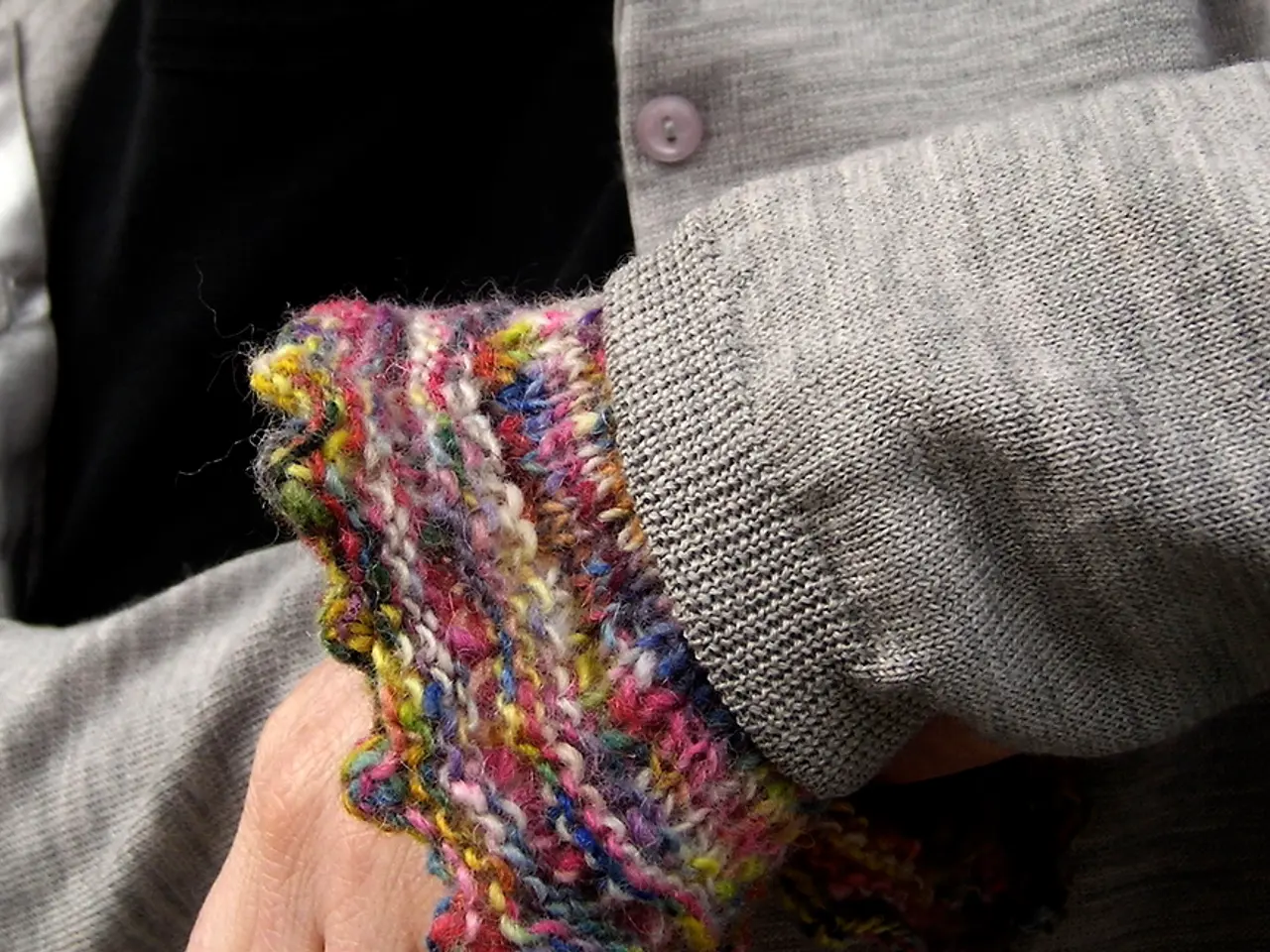Distinguishing Between Avoidant Personality Disorder and Social Anxiety: Unraveling Their Key Variations
Social Anxiety Disorder (SAD) and Avoidant Personality Disorder (AVPD) are two distinct mental health conditions that can impact a person's daily life in different ways. While they share some similarities, it's essential to understand the key differences between these two conditions.
Symptoms and Scope
SAD is typically situation-specific, marked by intense fear and avoidance of particular social or performance situations such as public speaking or meeting new people. In contrast, AVPD involves a pervasive pattern of social inhibition and avoidance across nearly all social interactions due to deep feelings of inadequacy and fear of rejection.
Self-Perception
People with AVPD genuinely view themselves as inferior, unworthy, and fundamentally flawed, leading to broad social withdrawal. Those with SAD usually recognize their fears as excessive but do not generally have the same pervasive feelings of worthlessness.
Impact on Daily Life
AVPD causes widespread difficulties in forming and maintaining relationships, affecting multiple areas of life extensively. SAD mainly disrupts functioning in specific anxiety-provoking social contexts but allows relatively better functioning in other areas.
Causes
Both share components of fear of judgment and rejection, but AVPD is linked with deeply ingrained self-identity issues and personality traits, while SAD is more related to specific learned fears and social performance anxieties.
Treatment Approaches
SAD often responds well to cognitive-behavioral therapy (CBT) and medication targeting anxiety symptoms. AVPD typically requires longer-term psychotherapeutic interventions, such as schema therapy, that focus on modifying deep-seated self-perceptions and interpersonal patterns.
In summary, while AVPD and SAD overlap in social avoidance and fear of criticism, AVPD is a more pervasive personality disorder involving an enduring negative self-view and generalized social avoidance, whereas SAD is more circumscribed and situation-focused anxiety. Correct diagnosis is important for tailoring effective treatment.
If you find yourself struggling with anxiety or avoidance that persists for six months or longer and significantly impacts multiple areas like work, school, or relationships, it's important to seek professional help. Talking to a GP, therapist, or counselor can lead to strategies that build confidence and reduce avoidance.
For more information about SAD and AVPD, you can refer to resources such as the National Institute of Mental Health and the National Library of Medicine. It's essential to remember that understanding these conditions is the first step towards seeking help and improving quality of life.
[1] Torvik, F. A., Welander-Vatn, A., Ystrom, E., Knudsen, G. P., Czajkowski, N., Kendler, K. S., & Reichborn-Kjennerud, T. (2015). Journal of Abnormal Psychology. [3] American Psychiatric Association. (2013). Diagnostic and Statistical Manual of Mental Disorders (5th ed.). Arlington, VA: American Psychiatric Publishing. [5] Hofmann, S. G., Asnaani, A., Vonk, I. J., Sawyer, A. T., & Fang, A. (2012). Cognitive-behavioral therapy for social anxiety disorder: A meta-analysis of randomized controlled trials. Depression and Anxiety, 29(9), 743-751.
- Social Anxiety Disorder (SAD) and Avoidant Personality Disorder (AVPD) are unique mental health conditions affecting a person's life differently.
- SAD is characterized by fears and avoidance of specific social situations, such as public speaking or meetings.
- AVPD, on the other hand, involves pervasive social inhibition and avoidance in almost all interactions due to low self-worth and fear of rejection.
- People with AVPD view themselves as inferior, unworthy, and deeply flawed, leading to social withdrawal.
- Those with SAD recognize their fears as excessive but do not generally hold feelings of worthlessness.
- AVPD creates widespread difficulties in forming and maintaining relationships, affecting various facets of life.
- SAD mainly disrupts functioning in anxiety-provoking social contexts but allows for better performance in other areas.
- Both disorders share a fear of judgment and rejection, but AVPD stems from deep-rooted identity issues and personality traits.
- SAD is linked to specific learned fears and social performance anxieties.
- SAD often responds well to cognitive-behavioral therapy (CBT) and anxiety-targeted medication.
- AVPD requires longer-term psychotherapeutic interventions, like schema therapy, focusing on self-perception and interpersonal patterns.
- AVPD and SAD share commonalities in social avoidance and fear of criticism.
- AVPD is a more pervasive personality disorder with an enduring negative self-view.
- SAD is more circumscribed and situation-focused anxiety.
- Accurate diagnosis is essential for tailoring effective treatment strategies.
- If anxiety or avoidance persists for six months or longer, significantly affecting work, school, or relationships, professional help is crucial.
- Consulting a general practitioner, therapist, or counselor can lead to strategies that boost confidence and reduce avoidance.
- Resources, such as the National Institute of Mental Health and the National Library of Medicine, provide valuable information about SAD and AVPD.
- Understanding these conditions is the initial step towards seeking help and enhancing the quality of life.
- Research articles from journals like the Journal of Abnormal Psychology offer valuable insights into these disorders.
- Diagnostic and Statistical Manual of Mental Disorders (5th ed.) by the American Psychiatric Association is a significant resource.
- Recent studies, like those by Hofmann, Asnaani, Vonk, Sawyer, and Fang (2012) on CBT for SAD, contribute to treatment advancement.
- The importance of mental health cannot be overemphasized. This includes addressing conditions like SAD, AVPD, and others, as well as promoting wellness in the workplace, self-development, fitness, and nutrition, thereby fostering cardiovascular health, medicare access, skin care, and therapies and treatments for various medical conditions.




